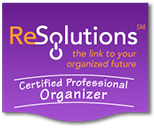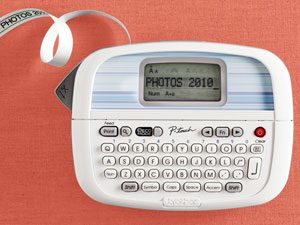Each year, it gets easier to live a greener life at home. There are emerging, eco-friendly products, rebate incentives, and a wealth of information online to learn from. There are also small things you can do at home that really make an impact on your environmental footprint. Today is Earth Day, and as we observe the beauty of our planet, I encourage you to make just one change from the list below to help preserve our environment for future generations. If you set a realistic “green” goal each year, then overtime you will have a greater environmental impact, and also save money, too.
- Don’t run the water as you brush your teeth. Something as simple as turning off the water while brushing your teeth can make a difference. Turn the water on to wet your toothbrush and shut it off as you brush. Only turn the water back on to rinse the toothbrush. It’s amazing how much water that can save.
- Install occupancy and vacancy sensor light switches. There’s always one member of the household who neglects turning lights off. To help mitigate this situation, you can install occupancy and vacancy sensor light switches. They can be programmed to suit your needs and lifestyle. Install them in rooms where lights are frequently left on after someone exits the room.
- Use smart power strips. This technology is simple yet brilliant and shuts off electronic devices when not in use. Devices like your television, cable box, DVD player, and printer are great examples of electronics that can be shut off when in standby mode. It saves money and reduces your carbon output.
- Think fabric versus paper. Cloth napkins are nicer, but they’re also better for the environment. Ditch the paper napkins and invest in napkins that can be washed and do not require ironing. You can also take this one step further and start using cleaning clothes in the kitchen instead of always using paper towels.
- Ditch the plastic. We all know that plastic has a significant impact on the environment, but time and time again, because of convenience, we choose to buy plastic bottles of water at the store. Instead, invest in a few glass portable bottles to use along with a water filtration system. Not only will you be minimizing your carbon footprint, but you will also save money.
I hope you join me in adopting greener practices at home. As a professional organizer in Boston, I’m going to encourage my clients to make one or more of these changes. By working together, we can collectively make a difference.
Photo: Green Living Online

 Join My Email List
Join My Email List










